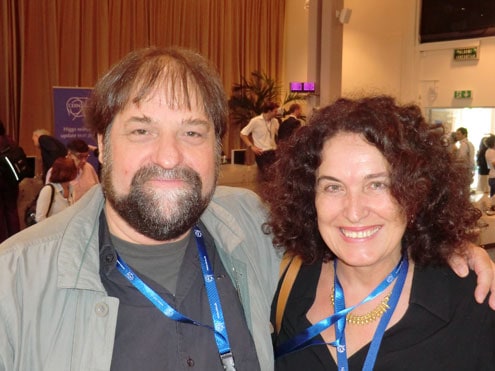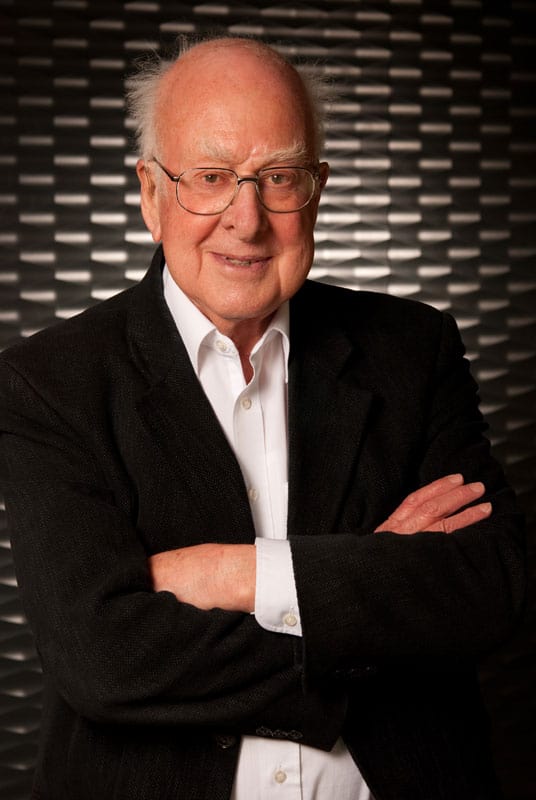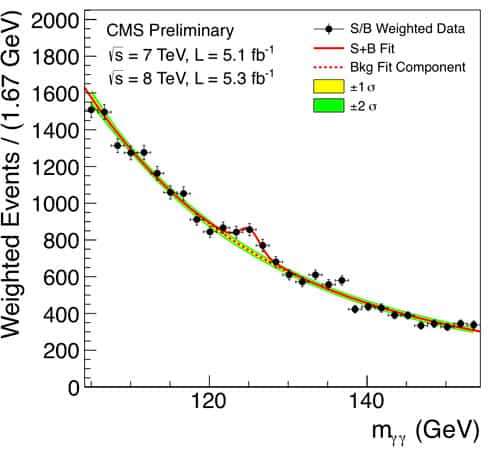“Skateboarders know some righteous physics, dude.”
That lead sentence of an article in Science News a few months ago summarized an experimental result by the Arizona State University psychologist Michael McBeath. McBeath and collaborators had asked subjects to say which inclined path a rolling ball would complete faster: a shorter one with a constant slope, or a longer one with two steep slopes separated by a flat section. Most subjects guessed the shorter, gentler path. Skateboarders, however, were more likely to say, correctly, that the ball would complete the longer path with steeper sections faster. The suggestion of the Science News article was that the skateboarders thereby knew physics.
I would say the remark is light-hearted – except that I regularly encounter similar comments when reading about athletes, dancers and performers. I once read a blog by an athletics coach that said “many of us already know physics but don’t know that we know physics”, and to confirm this cited examples involving levers and vectors. A gymnast who once tried to instruct me in trapeze moves (in vain, for I’m not much of an athlete) meaning to be encouraging rather than provocative, said “You know it already – it’s just physics!”
Such remarks are often protected by implicit or explicit quotation marks – athletes “know” the laws of physics – to inoculate against obsessive literalists like me by suggesting that what is involved is not really knowing. So why do I still find that maddening?
Bodily coping
Athletes are certainly movement experts. Anyone competing in basketball, football, javelin, shot-put, archery, pole-vault or tennis will seek to send themselves or various objects into carefully anticipated trajectories. Rowers and swimmers, meanwhile, will strive to move as swiftly and efficiently as possible through a liquid medium.
Athletes’ grasp of movement is even sometimes quantitative. The US basketball superstar Bill Bradley – later a US senator and presidential candidate – once found himself having to practise in an unfamiliar high-school gymnasium and started out badly, missing six baskets in a row. “He stopped, looking discomfited, and seemed to be making an adjustment in his mind,” recounted writer John McPhee. “Then he went up for another jump shot from the same spot and hit it cleanly. Four more shots went in without a miss.” Bradley turned to McPhee and announced “That basket is about an inch and a half low.” Weeks later, the fastidious McPhee returned to the same gymnasium with a stepladder and steel tape, climbed up and measured the basket. It was indeed one and one-eighth of an inch below the required 12 feet.
Kenneth Laws, emeritus professor of physics at Dickinson College in Pennsylvania, has written books about the physics of dance, analysing the often surprisingly complex and unexpected physics principles of classical ballet. “The dance studio is a physics laboratory,” he declares. Even the movement of non-dancers can be used to illustrate physics principles, he says, pointing out that when we jog, we don’t let our arms dangle but cock them at the elbows, reflecting simple laws of pendulum motion. Laws, however, carefully avoids implying that this means we know such principles, and explicitly denies that his research provides a “how to” for dancers.
But performing trajectories is not ballistics, swimming is not hydrodynamics and dancing is not mechanics. One discipline – the art – involves knowing the kinetic possibilities of one’s own body in the world. This knowledge is largely self-instructive (aided by coaches) and impossible without first-person experience. We don’t learn to move by studying anatomy. The other discipline the science – involves knowing how abstract bodies move in abstract space and time.
Movement and motion, in short, involve knowledge of different phenomena and are two entirely separate expertises. It would be wrong to say that what is involved is implicit and explicit knowledge of the same thing, or that an athlete or physicist knows what the other knows plus something else.
The critical point
What troubles me is the urge to conflate the two expertises in a way that implies that the one has priority over the other. It is yet another manifestation of the problem, discussed by philosophers since ancient times, of the relationship between theoretical and practical knowledge. The French are wise in having two words for “to know”: connaître, to know concretely in one’s bones and in practice; and savoir, propositional knowledge, theoretical knowledge or know-how. The French philosopher Maurice Merleau-Ponty notably refers to the ordinary – not just athletic – human body as a corps connaissant, or “knowing body”.
Conflating the senses of knowing – and giving priority to the theoretical sense over the practical – simply reflects our adherence to the ancient myth that true knowledge is theoretical. We feel that knowledge is formulated in rules and concepts, and that it can be codified in fully linguistic, situation-independent terms; practical knowledge is merely the conscious, instrumental application of theoretical knowledge. The result is to give a bias to theoretical knowledge, a bias often manifested by the need to give dignity to practical knowledge – putting a stamp of academic respectability on it – by asserting, even in a light-hearted way, that it is really theoretical knowledge, whether implicitly or in disguise.
I consider McBeath’s experiment – which approached its subjects in an abstract, third-person way – to simply illustrate how counterintuitive physics can be. If he and his co-workers had put physicists and others on skateboards to see who could make it to the bottom quickest, would there be anything interesting to report?
The right way to express the results lightheartedly is not to say that athletes “know” the laws of physics, with the quotation marks implying that real knowing is not involved. The right way would be to say that athletes know the laws of “physics”.


